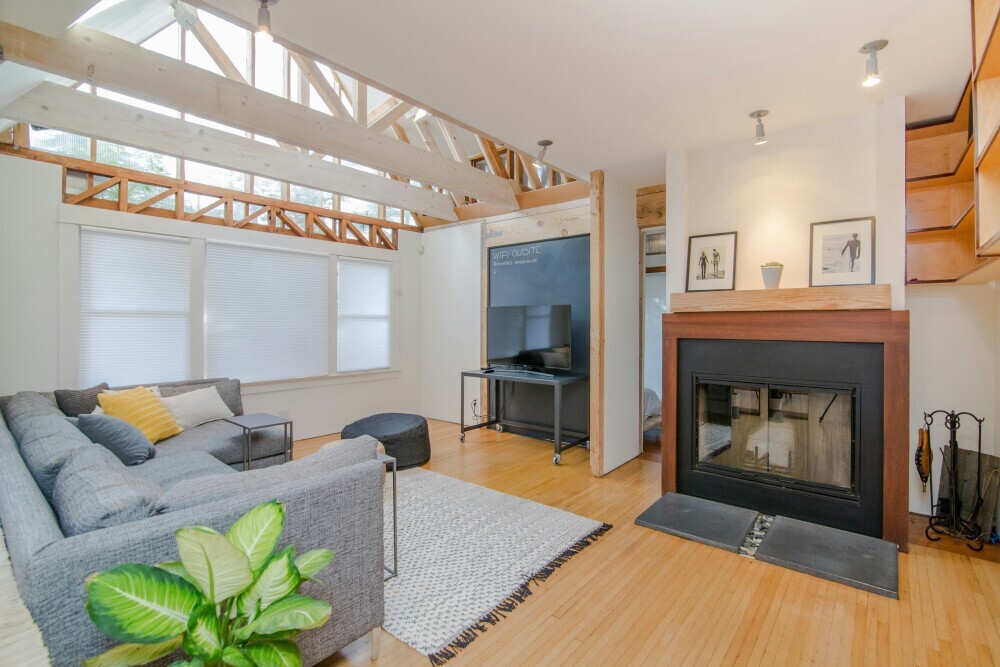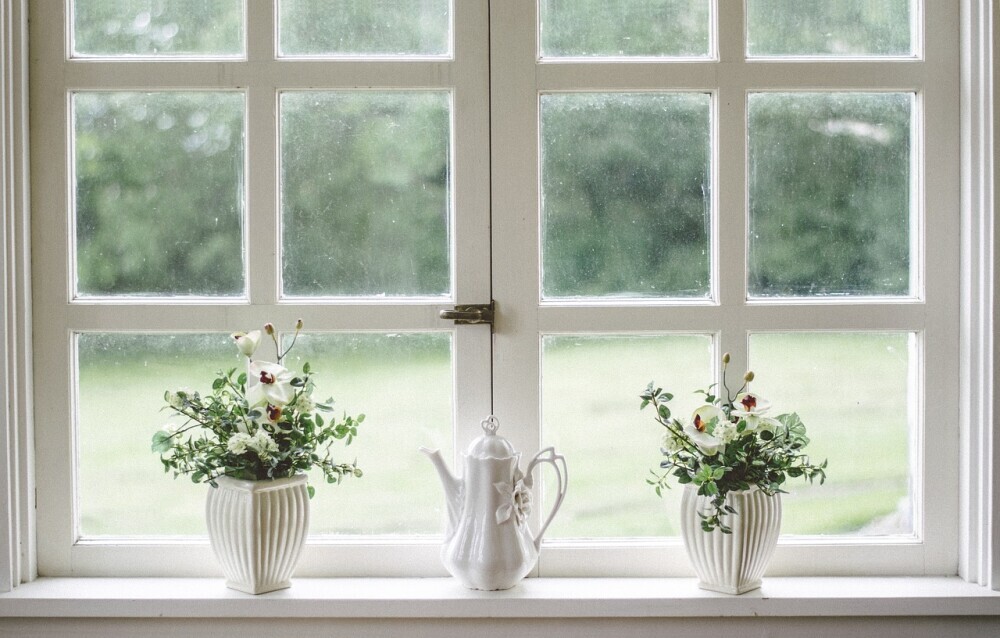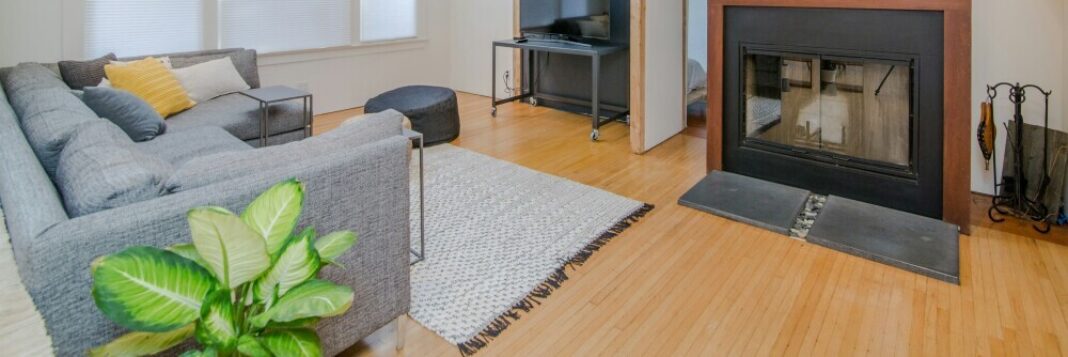Living in a home with poor insulation can impact not just your wallet but your quality of life too. Think about that draft sneaking in during cold nights. The psychological toll a chilly home takes should not be underestimated. A warm home isn’t just a luxury; it’s a necessity for comfort and well-being.

Let’s talk numbers. In the UK, households with inadequate insulation could be paying around 20% more on their energy bills every year. That’s a fair chunk of change that could be better spent elsewhere. In the U.S., homes without proper insulation might even see a hit in property value, making your haven a little less appealing if you decide to sell or rent.
Then, there’s the indoor environment itself. Poor insulation often means dampness and a consistent chill, which isn’t just uncomfortable but could encourage mold growth. This has implications for air quality putting kids and sensitive individuals at health risk.
Take the Johnson family as an example. They moved into an older home under the impression it was well-maintained. Winter hits, and suddenly, they’re facing soaring heating bills. The culprit? Insufficient insulation around windows and in the attic.
Having the right insulation isn’t just about keeping warm. It’s about consistent comfort. And let’s be honest, who doesn’t want a little extra money saved from energy efficiency to spend on what really matters in life?
Root of the Problem: What Are the Causes of Poor Insulation?
When insulation doesn’t do its job, there are a few usual suspects. Often, outdated materials are a big part of the problem. Homes built decades ago didn’t have the advanced insulation options we have today. That means many older homes are simply using materials that can’t hold up against chilly winds or blazing sun anymore.
Improper installation also tops the list. Even top-notch insulation won’t do much if it’s not correctly installed. Gaps, compressed fibers, or even a lack of coverage in key areas like attics and walls can render your home’s defense against the elements much weaker.
Then there are leaking ducts or poorly sealed windows. These holes and gaps might not seem like much, but they let in drafts and let out warmth, turning your home into something more akin to swiss cheese than a sturdy fortress against cold.

Weather plays a huge role too. Heavy rains and fluctuating temperatures can darken the lifespan and effectiveness of your insulation. And let’s face it – not all homes are built to withstand these natural assaults without a bit of wear and tear.
Many folks don’t even realize there’s a problem until they open their utility bills and see the figures climbing steadily. If that sounds familiar, you’re not alone. Studies in both the UK and the US indicate older homes are particularly vulnerable to insulation problems. But there’s hope.
A comprehensive check from insulation professionals can uncover these issues and offer solutions. They can ensure your insulation materials are up to snuff, properly installed, and supplemented with necessary repairs or updates. This isn’t just a patch job, it’s an investment in quality living and financial sense.
Economics and Efficiency: Is Insulation Cost-Effective?
Investing in proper insulation isn’t just about cutting immediate costs; it’s about long-term savings that really add up. Sure, there’s an upfront cost to consider, but the return on investment often more than justifies the expense. By keeping your home properly insulated, you can significantly reduce those persistent energy bills.
In the long run, good insulation translates to fewer dollars flying out the window each winter. A well-insulated house can lead to annual savings as energy consumption lowers, sometimes by up to 15% or more, according to industry research.

Governments in both the UK and the US have caught onto this. They offer various incentives and rebates for adding or upgrading insulation in the home. These programs can ease the financial burden and even give you a lift toward topping up your savings account.
Think about poorly insulated attics or windows. The loss here can translate into more than just higher heating bills. Often, you’ll be paying more to maintain an ideal temperature, meaning your heating and cooling systems work overtime. This increased workload can reduce their lifespan, leading to more frequent repairs or replacements – hidden costs that don’t show up until you’re hit with a big repair bill.
Of course, the benefits stretch beyond the financial aspect. Improving your home’s insulation can also slash your carbon footprint, contributing to a cleaner environment. And let’s not forget how a well-insulated home often stands out in property markets, increasing its overall value, making it a sound choice if you’re considering selling in the future.
Let’s hear about Jake and Laura, who spent this past year renovating their older home. They invested in high-quality insulation, and in just their first winter, saved nearly 25% on energy costs compared to the previous year. This smart move not only freed up more cash for family holidays but also added significant value to their home.


















